Microbiology
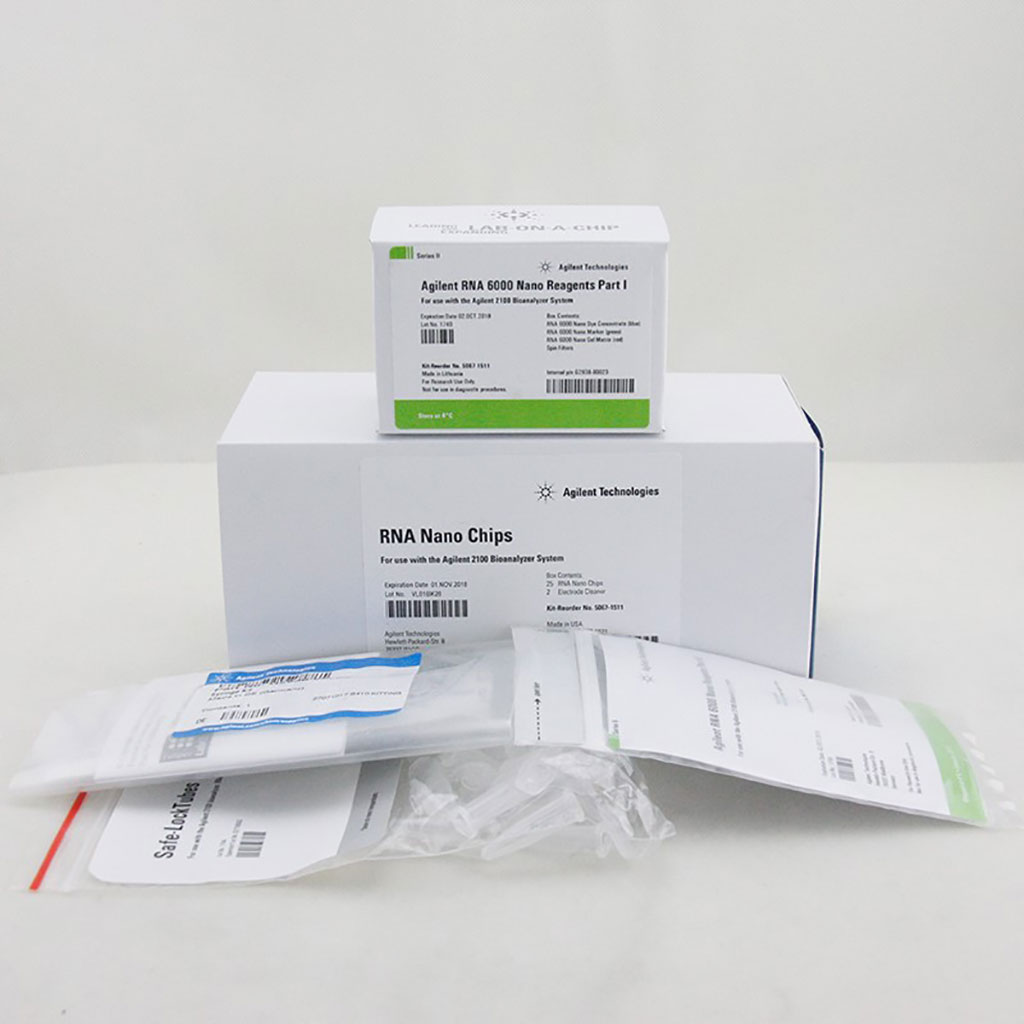
Respiratory Syncytial Virus Bronchiolitis Has Different Subtypes
Bronchiolitis is the leading cause of hospitalization in infants in the USA, accounting for about 110,000 hospitalizations annually. In addition to the substantial acute morbidity, around 30% of infants hospitalized for bronchiolitis (“severe bronchiolitis”) subsequently develop asthma in childhood. More...30 Jun 2021

Highly Sensitive Molecular Test Detects Cases of Tuberculosis
Tuberculosis (TB) is a bacterial infection spread through inhaling tiny droplets from the coughs or sneezes of an infected person. It mainly affects the lungs, but it can affect any part of the body, including the tummy (abdomen), glands, bones and nervous system. More...28 Jun 2021

Plasma ACE2 Predicts Prognosis of COVID-19 Hospitalized Patients
Severe acute respiratory syndrome coronavirus 2 (SARS-CoV-2), has caused a devastating global pandemic. The disease caused by SARS-CoV-2 infection has been termed coronavirus disease of 2019 (COVID-19) with clinical manifestations ranging from asymptomatic and subclinical infection to severe hyperinflammatory syndrome and death. More...24 Jun 2021
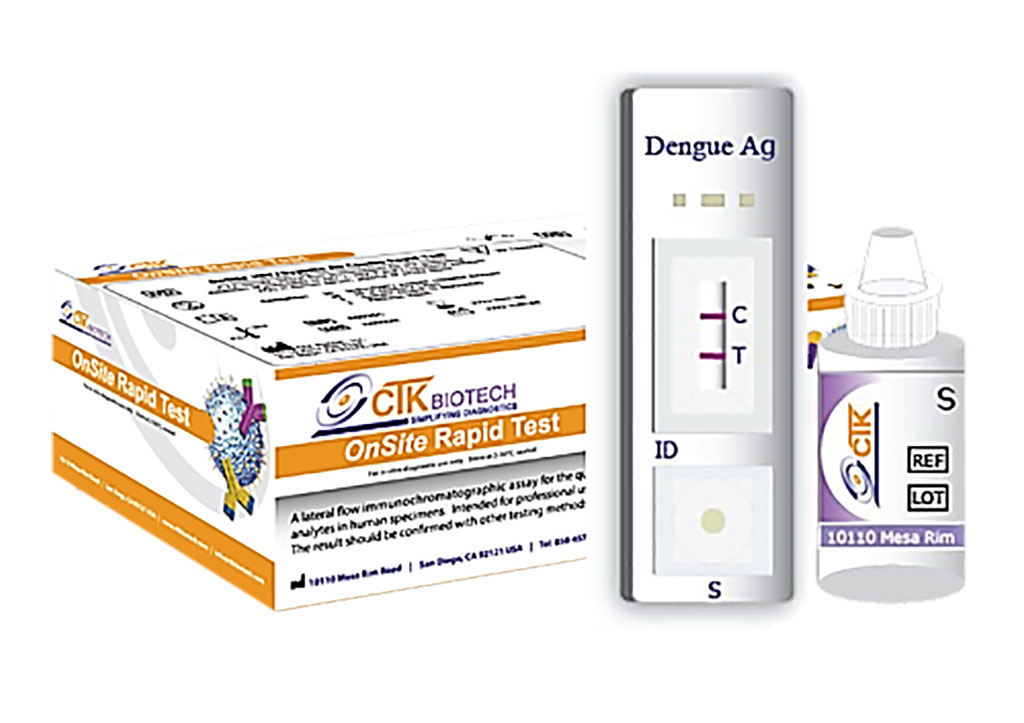
Novel Dengue Virus IgG Rapid Diagnostic Test Evaluated
Dengue fever is a mosquito-borne tropical disease caused by the dengue virus. Symptoms typically begin three to fourteen days after infection. These may include a high fever, headache, vomiting, muscle and joint pains, and a characteristic skin rash. More...16 Jun 2021
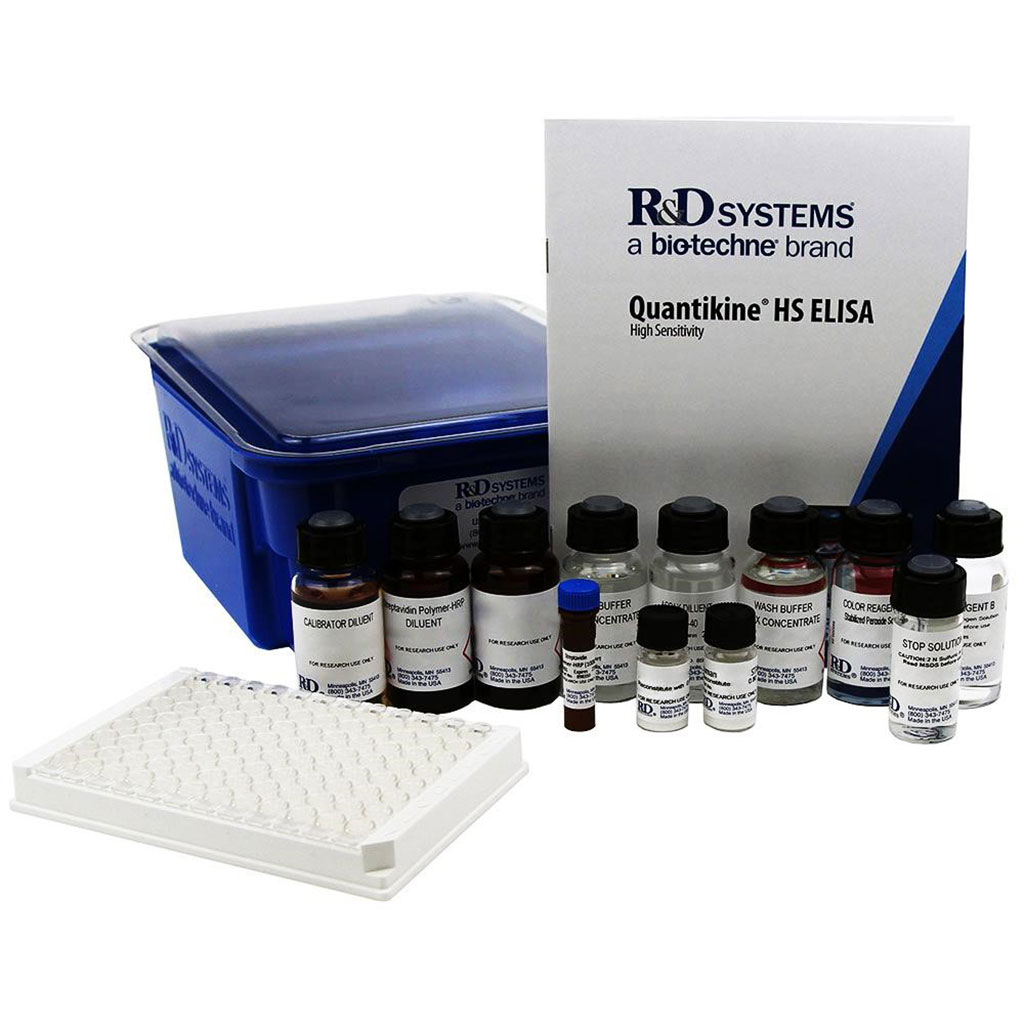
Serum Biomarkers Differentiates COVID-19 From Classic Cytokine Storm Syndromes
A cytokine storm, also called hypercytokinemia, is a physiological reaction in humans and other animals in which the innate immune system causes an uncontrolled and excessive release of pro-inflammatory signaling molecules called cytokines. More...10 Jun 2021
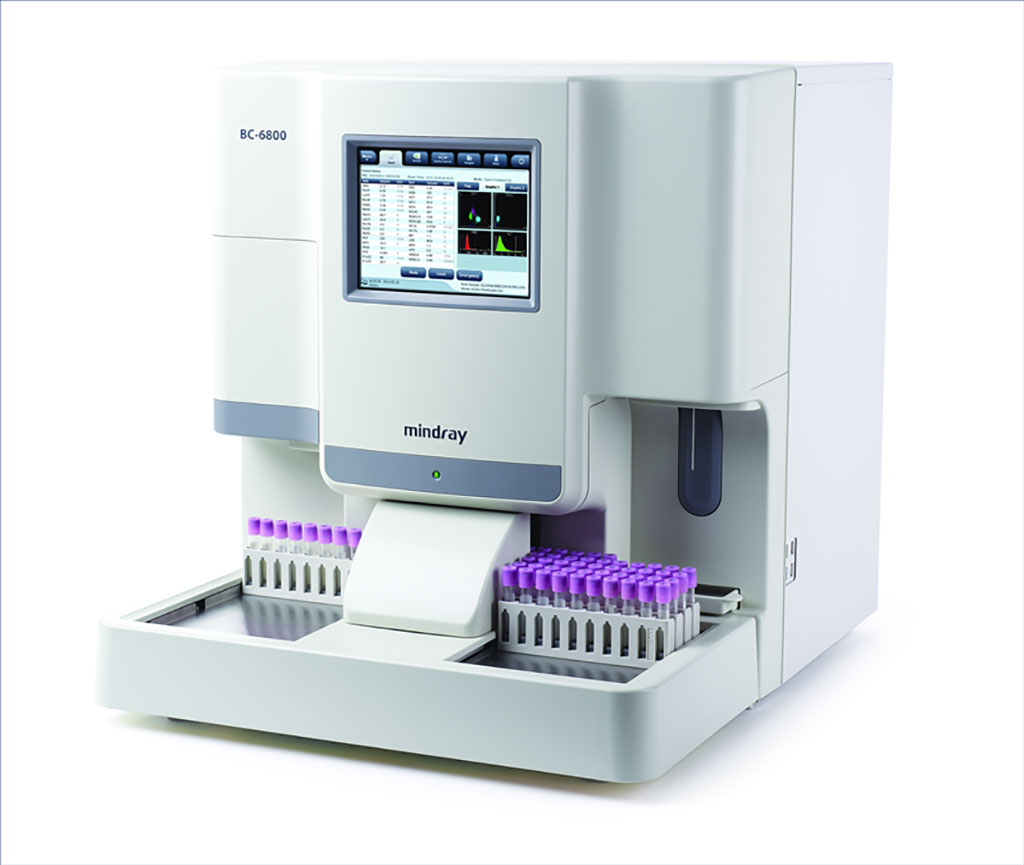
Platelet Indices Analyzed for Tuberculosis and Diabetes Mellitus Co-Morbidity
Studies have demonstrated that some diseases accelerate Tuberculosis (TB) occurrence and development. Type 2 diabetes mellitus (DM) has been verified as one of the threatening risk factors for TB, and patients have three times the risk of developing TB compared to non-diabetic patients due to pathogenic mechanisms and metabolic factors. More...03 Jun 2021
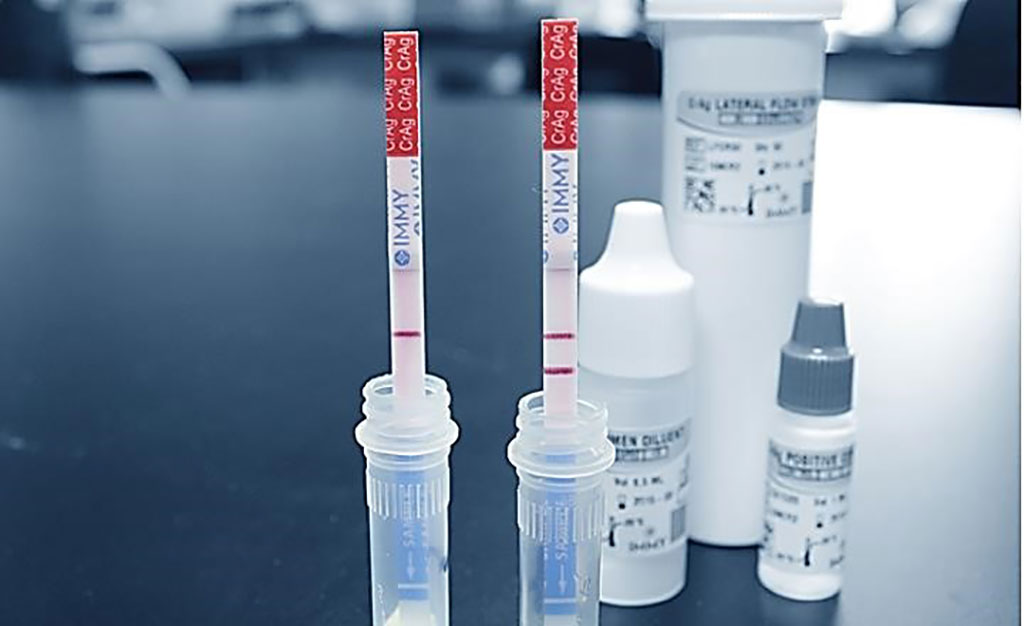
Cryptococcal Antigen Screening Evaluated Among People Living with HIV
Cryptococcosis is a potentially fatal fungal disease caused by a few species of Cryptococcus (most often Cryptococcus neoformans or Cryptococcus gattii). Cryptococcosis is believed to be acquired by inhalation of the infectious propagule from the environment. More...03 Jun 2021
In Other News
Serum Based Antigen Test Detects Childhood Tuberculosis
Leptospira IgM ELISA Evaluated Among Outpatients in Southern Asia
Rapid, Automated Test Detects Gonorrhea and Determines Antibiotic Susceptibility
Human Microbiota Flagellins Drive Adaptive Immune Responses in Crohn’s Disease
Potential Immune Markers Found for Active Tuberculosis
RPA-LF Assay Evaluated for Cutaneous Leishmaniasis in Colombia
Serial SARS-CoV-2 Rapid Antigen Testing Evaluated During Outbreaks
Meconium Microbiome Can Help Predict Risk of Developing Allergies
LAMP Assay Developed to Diagnose High HBV DNA Levels
Genetic Factors Linked to Severe COVID-19, Viral Infections in Children
Different Methods Compared for Isolating Fungal DNA
Serum α-L-Fucosidase Activity Measured for COVID-19 Infection
Sensitive PCR Test Detects Early Stage Lyme Disease
Spatial Landscape of Lung Pathology Investigated During COVID-19 Progression
Serious Infections Prevalent in ANCA-Associated Vasculitis
Toxoplasmosis Immune Status in Pregnancy Determined by Immunochromatography Assay
Vitamin D Levels Tied to COVID-19 Risk for African-Americans
White Blood Cell Help Define Pediatric Urinary Tract Infections
Toxoplasmic Encephalitis in HIV Patients Detected in Urine
COVID-19 Induces a Hyperactive Phenotype in Circulating Platelets
Whipple’s Disease Pathogen Found in International Diarrhea Patients
Blood Tests Offer Early Indicator of Severe COVID-19
Three Automated Urine Analyzers Compared with Manual Microscopic Urinalysis
The LabMedica Microbiology channel provides the latest news in the fields of epidemiology, bacteriology, virology, and parasitology, all viewed from the unique perspective of Laboratory Medicine.










